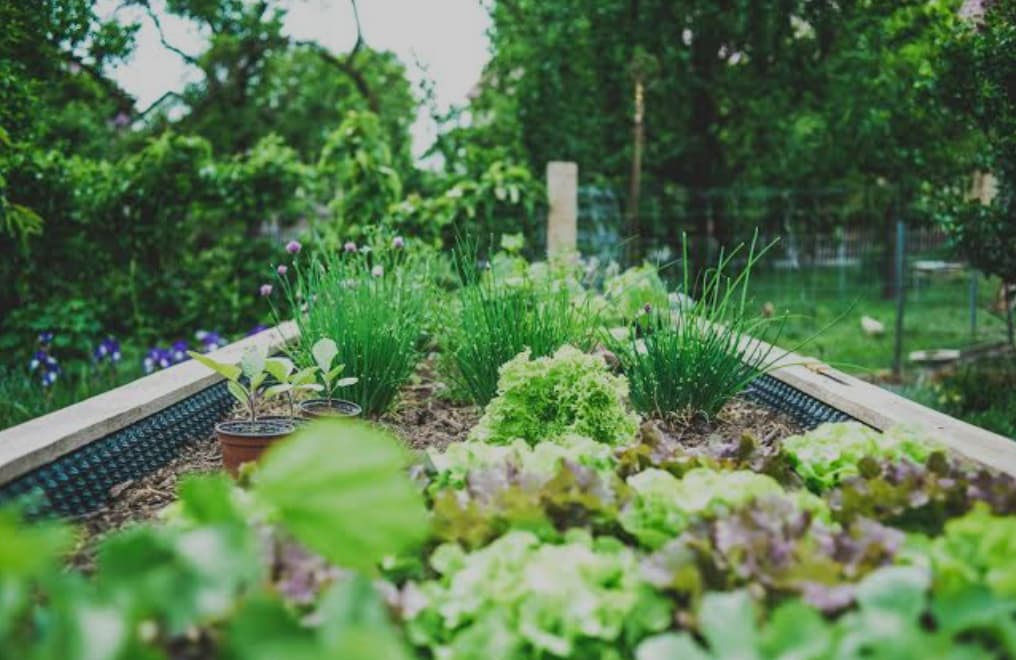My plants are vulnerable to winter borne diseases, how can I maintain plant health?
Winter-borne diseases in plants are caused by pathogens that thrive in cold and damp conditions. To prevent this diseases and promoting healthy plant growth you have to follow a combination of good gardening practices and prevention measures. Choose winter hardy and disease resistant plant variety for indoor and outdoor planting. To make plants resistant to diseases, ensure they receive adequate sunlight, nutrients, and proper spacing to promote good health. Remove dead plants debris like dried leaves, fruits, and stems where pathogens can overwinter. Often prune damaged or infected branches to prevent their spreading. Water at the base of plants early in the day to allow moisture to dry and avoid fungal growth. Ensure proper soil drainage to prevent waterlogging, which encourages fungal diseases. Add compost or organic matter to improve soil structure and encourage beneficial microbes. Avoid overcrowding plants to ensure good air circulation. Use organic fungicides like copper sprays or neem oil on susceptible plants. To shield plants from frost, use a row cover, cloche or blanket. Avoid sudden exposure to freezing temperature by gradually acclimating plants before winter. Regularly inspect plants for signs of diseases like powdery mildew, rust, or root rot. Early diagnosis helps control diseases before they spread.
